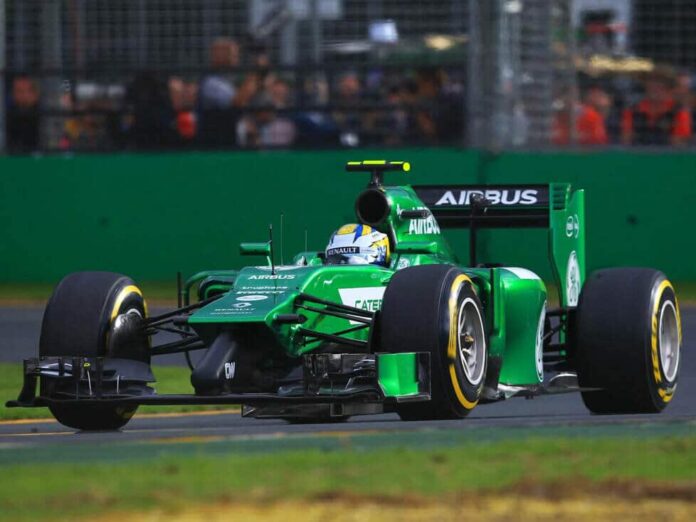In 2014, the Formula 1 world was eagerly awaiting the new hybrid cars, but the focus was suddenly only on the ugly noses
The Formula 1 launch season is known for big surprises, be it individual design ideas like the F-shaft or unwanted trends like the shark-fin engine covers
However, now that the countdown to the unveiling of the 2024 cars is in full swing, perhaps it’s time to reflect on the moment ten years ago when the Formula 1 regulations opened the door to perhaps the ugliest cars ever seen.
It was the beginning of the much-vaunted ‘hybrid era’, which was supposed to see the introduction of the sport’s most technologically advanced powertrain take center stage. Instead, we wondered why the Formula 1 cars with their noses all looked so strange.
The design trend was due to a major change in the regulations, with the FIA attempting to remove a design feature that had prevailed in the previous era of regulations.
Previously, the designers had tried to raise the nose as high as possible to improve airflow. However, this led to another aesthetic nightmare: the stepped noses disfigured the Formula 1 cars in 2012. The governing body had hoped that this would not happen again.
But when the FIA wanted to solve this problem, they created a new one: McLaren, Force India, Sauber, Toro Rosso, Williams and Caterham all presented nose solutions with a narrow, elongated tip that looked pretty ridiculous – but clearly brought some performance benefits.
Comparing the Ferrari F138 from the year before with the 2014 F14T shows how much the proposals were intended to affect not only the design of the nose, but also other aspects of the car’s design.
The FIA wanted to lower the tip of the nose for safety reasons and tried to enforce this in the regulations.
The rules required that the lower edge of the tip could not be more than 185 millimeters above the reference plane and could not protrude more than 250 millimeters above it, while further volume restrictions were added at a point 50 millimeters behind the tip.
The seven teams, who had all opted for the ugly nose, saw these restrictions and quickly realized that they could reduce some of the associated losses with a slimmer nose tip that would provide a more desirable flow to the airflow.
The only challenge now was to pass the crash test with a much shorter structure, as the elongated nose tip would not provide the same deceleration as a wider alternative.







